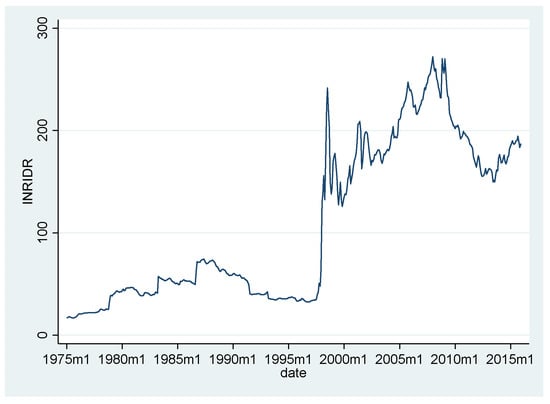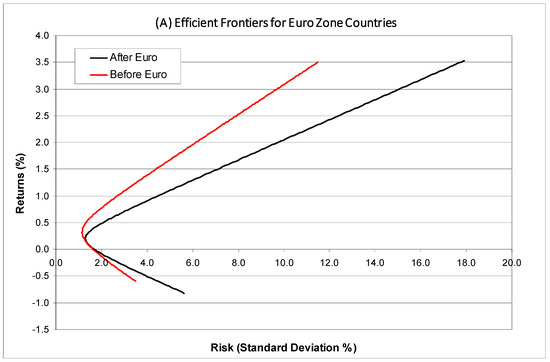International Financial Markets and Monetary Policy
A topical collection in Economies (ISSN 2227-7099).
Viewed by 24055Editor
Interests: applied econometrics; monetary economics; macroeconomics; time series analysis; financial econometrics; financial markets; exchange rates
Special Issues, Collections and Topics in MDPI journals
Topical Collection Information
Dear Colleagues,
Heightened geopolitical tensions, trade disputes, and unexpected events, such as the COVID-19 pandemic, have increased global economic uncertainty, making macroeconomic forecasting and policymaking more challenging. Rising income and wealth inequality pose significant challenges for macroeconomic stability, social cohesion, and policymaking. Addressing these disparities requires nuanced macroeconomic approaches. The recognition of climate change as a major economic concern demands that macroeconomic models incorporate environmental factors and assess the economic implications of transitioning to a more sustainable future. After a long period of low-interest rates in many economies limiting the effectiveness of traditional monetary policy tools, shifting patterns in inflation present challenges for central banks in managing inflation expectations. In addition, the emergence of digital currencies, including central bank digital currencies (CBDCs) and cryptocurrencies, introduces new challenges for monetary policymakers in terms of financial stability, privacy, and the role of traditional currencies. Financial markets are increasingly interconnected globally, making them susceptible to contagion effects. Geopolitical events and economic shocks in one region can quickly impact markets worldwide. Researchers, policymakers, and market participants must navigate these complexities to ensure economic stability and sustainable growth. Therefore, the aim of this Collection is to disseminate important empirical and theoretical research questions concerning the connection between Macroeconomics, Monetary Economics, and Financial Markets, which might include (but is not limited to):
- Monetary policy transmission in times of uncertainty;
- Anchoring of inflation expectations;
- Digital currencies;
- Green central banking;
- Inequality;
- Contagion and spillovers;
- International coordination of monetary policy.
Prof. Dr. Robert Czudaj
Collection Editor
Manuscript Submission Information
Manuscripts should be submitted online at www.mdpi.com by registering and logging in to this website. Once you are registered, click here to go to the submission form. Manuscripts can be submitted until the deadline. All submissions that pass pre-check are peer-reviewed. Accepted papers will be published continuously in the journal (as soon as accepted) and will be listed together on the collection website. Research articles, review articles as well as short communications are invited. For planned papers, a title and short abstract (about 250 words) can be sent to the Editorial Office for assessment.
Submitted manuscripts should not have been published previously, nor be under consideration for publication elsewhere (except conference proceedings papers). All manuscripts are thoroughly refereed through a single-blind peer-review process. A guide for authors and other relevant information for submission of manuscripts is available on the Instructions for Authors page. Economies is an international peer-reviewed open access monthly journal published by MDPI.
Please visit the Instructions for Authors page before submitting a manuscript. The Article Processing Charge (APC) for publication in this open access journal is 1800 CHF (Swiss Francs). Submitted papers should be well formatted and use good English. Authors may use MDPI's English editing service prior to publication or during author revisions.
Keywords
- macroeconomics
- monetary policy
- financial markets
- inflation expectations
- forward guidance
- global uncertainty
- inflation dynamics
- inequality
- digital currencies
- interconnectedness
- environmental sustainability









